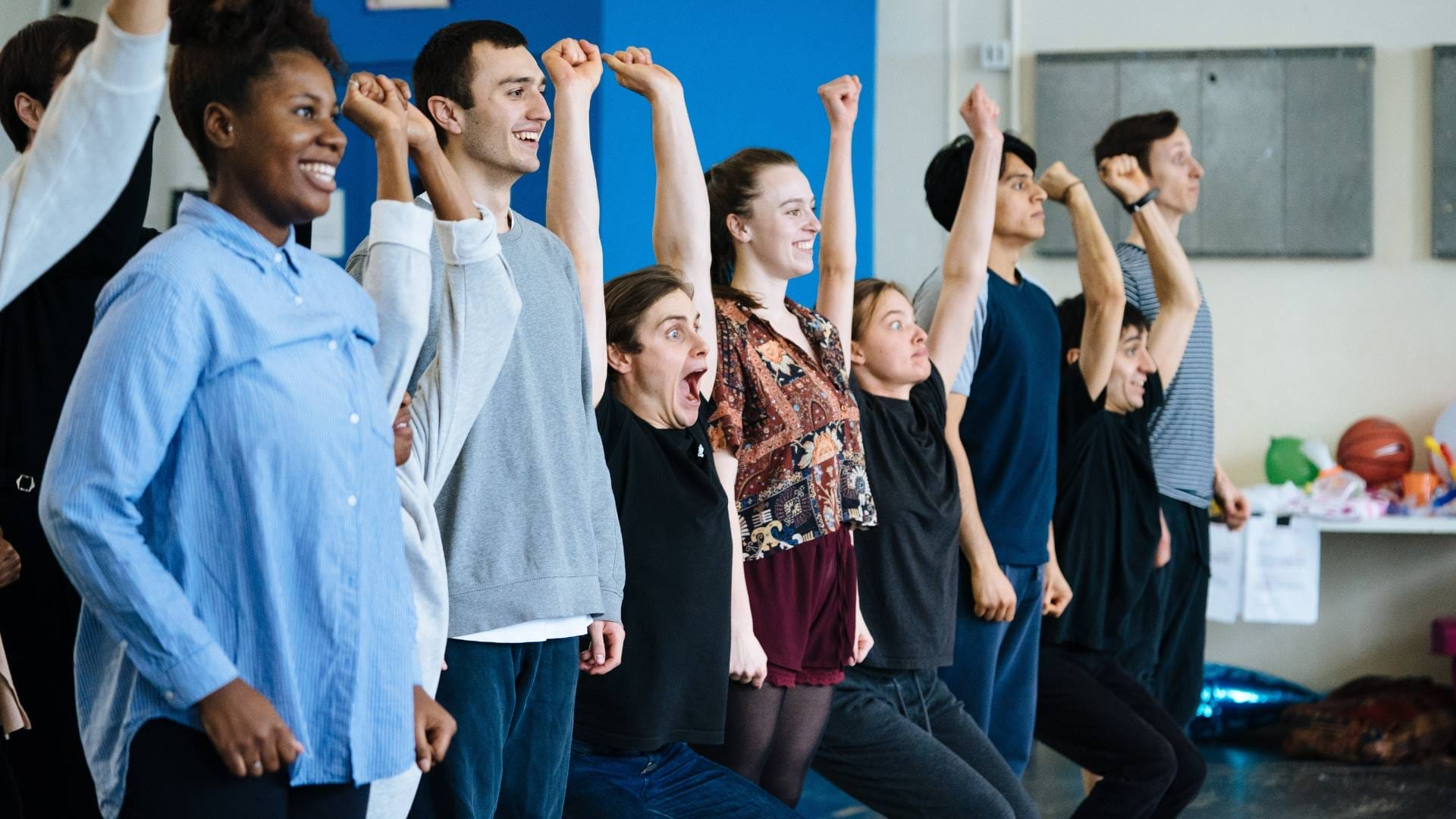 Over the years, I’ve seen a number of adaptations of Jekyll and Hyde, from comedy versions to musicals, and they all keep pretty much to Robert Louis Stevenson’s original story line in some way or another. Evan Placey’s version, playing at the Ambassador’s Theatre as part of the National Youth Theatre West End Rep season, breaks that mould.
Over the years, I’ve seen a number of adaptations of Jekyll and Hyde, from comedy versions to musicals, and they all keep pretty much to Robert Louis Stevenson’s original story line in some way or another. Evan Placey’s version, playing at the Ambassador’s Theatre as part of the National Youth Theatre West End Rep season, breaks that mould.
To begin with the central character is female – the widow of Henry Jekyll, following his untimely death she continues his research and develops the serum that transforms her from Harriet Jekyll to Flossie Hyde, wreaking havoc upon Victorian London. But, all is not as it seems as modern day vernacular slowly starts to creep in, and the past begins to meld with the present.
Without giving too much of the many twists and turns away, it’s not only the central character that transforms in to an unrecognisable beast; as the curtain rises on the second act, it becomes clear we haven’t been watching the play we thought we were, and a totally different narrative is on the cards.
This Jekyll and Hyde is very cleverly done, not just for the many plot twists that keep the audience hanging on every word, but for the production values too. The play has to slot in to a theatre which is already home to another long running show, as well as work around the other productions in this rep season, so there’s minimal set, but Laura Hopkins has worked wonders with what’s available. The look is complimented by Harry Linden Johnson’s sound design which continues the trend of mixing old and new.
The whole cast look right at home on a West End stage, if it were not for the NYT branding you’d be hard pushed to tell that these weren’t seasoned professionals. The female leads, Elizabeth McCafferty and Jenny Walser are superb in their respective roles. Marc Benga does an equally fine job as the male lead, with Curtis John Kemlo, as Tommy/Johnny, adding a flourish of humour.
This radical reimagining of Jekyll and Hyde is a joy to behold, with themes of feminism and inequality firmly in the fore. It’s a daring and witty adaptation, and the NYT proves that even old theatre can be new, inventive and exciting.

























